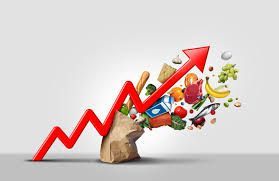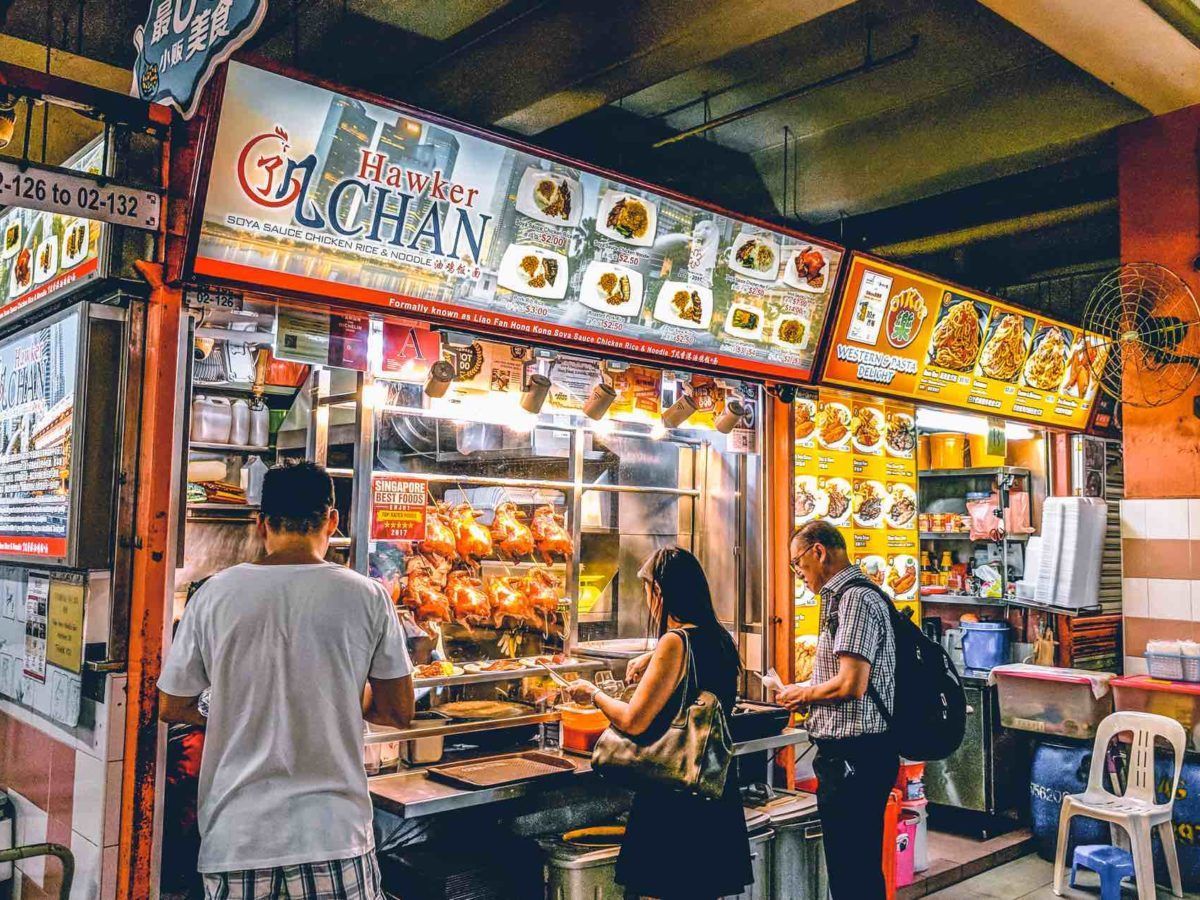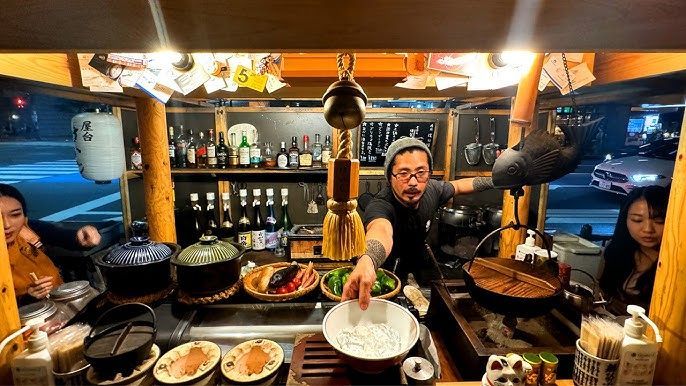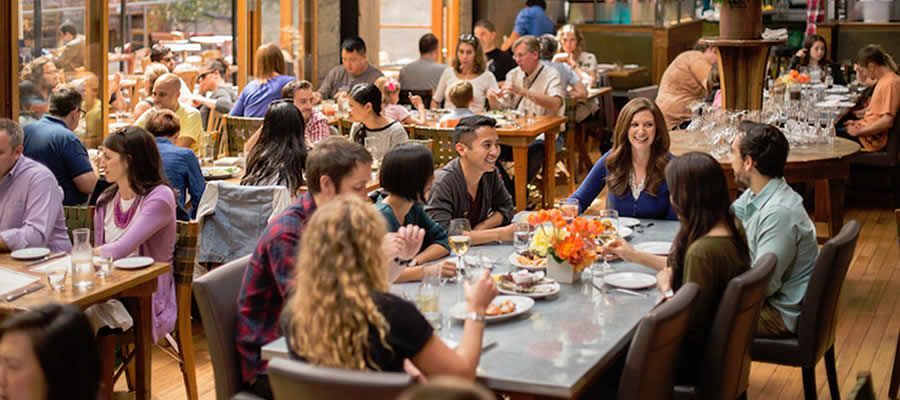News & Updates
iMakan News & Updates
iMakan Recent Articles

By Liang Wei Liaw
•
April 10, 2025
The recent implementation of a universal 10% tariff by the U.S. administration under President Donald Trump has introduced new challenges for Singapore's economy, particularly affecting the Food and Beverage (F&B) sector. Restaurant and café owners must proactively address these challenges to sustain their operations and profitability. Understanding the Tariffs Tariffs are taxes imposed on imported goods, aimed at protecting domestic industries and generating revenue. The current U.S. tariffs include a universal 10% levy on imports, with higher rates for specific countries. Singapore, despite its strong trade relations with the U.S., is subject to this 10% tariff. Impact on Singapore's F&B Sector Singapore's F&B industry relies heavily on imported ingredients and products. The imposed tariffs are likely to increase the cost of these imports, leading to higher operational expenses for businesses. This escalation in costs may necessitate price adjustments, potentially affecting consumer demand and profitability. Strategies for Mitigation To navigate these challenges, F&B businesses can consider the following approaches: Diversify Supply Chains : Exploring alternative suppliers from countries not affected by the tariffs can help mitigate cost increases. Optimize Operations : Implementing efficient inventory management and reducing waste can offset increased costs. Adjust Pricing Strategies : Carefully evaluating and adjusting menu prices can help maintain profitability without significantly deterring customers. Enhance Customer Engagement : Strengthening loyalty programs and personalized marketing can boost customer retention and spending. Government Support The Singapore government has expressed its commitment to assisting businesses affected by the tariffs. Engaging with relevant agencies can provide access to support programs and resources designed to help businesses navigate these economic challenges. Conclusion While the U.S. tariffs present significant challenges to Singapore's F&B industry, proactive strategies and leveraging available support can help businesses adapt and sustain their operations during this period of economic uncertainty.

By Liang Wei Liaw
•
November 1, 2024
In today’s competitive restaurant industry, a customer relationship management (CRM) system is crucial for building loyalty, increasing customer engagement, and streamlining operations. Setting up a CRM effectively can make a significant difference in customer satisfaction and brand loyalty. Here are key considerations when implementing a CRM system tailored to your restaurant's unique needs. 1. Define Clear Customer Engagement Goals Clarify objectives: Consider what aspects of customer engagement you want to prioritize, such as boosting return visits, increasing order values, or driving loyalty through frequent visits. Knowing your objectives enables you to choose the right CRM features—whether it's personalized offers, rewards tracking, or targeted campaigns—that align with your goals. Loyalty rewards strategy: Decide if you want a points-based program, exclusive VIP memberships, or seasonal promotions to keep customers coming back. Each structure impacts the CRM’s design and setup. 2. Integration with Your POS System Unified operations: A CRM that integrates seamlessly with your POS system will streamline data flow and reduce manual entry errors, making it easier to manage customer profiles, track sales, and redeem loyalty points at checkout. This integration also offers insights into customer preferences, top-selling items, and order frequencies, helping you create better-targeted loyalty strategies. Enhanced accuracy: Integration minimizes discrepancies in loyalty points, customer profiles, and membership rewards, giving both your team and customers a smooth, dependable experience. 3. Flexible Membership & Loyalty Features Customizable rewards: Look for a CRM with flexible loyalty options that allow you to offer rewards such as points accumulation, discounts, or exclusive perks for special members. Providing a range of rewards keeps your program appealing to customers who can choose the perks that matter most to them. Member tiers: Some CRMs allow you to create tiered membership levels (e.g., silver, gold, platinum) that reward customers based on their spending. Tiered programs encourage guests to increase their spending to unlock higher levels and perks. 4. Customer Data Insights & Reporting Detailed analytics: A CRM with analytics and reporting features enables you to track customer ordering habits, visit frequencies, and spending trends. With this data, you can design promotions and campaigns that cater to your audience’s preferences, increasing the likelihood of higher engagement. Predictive insights: Advanced CRMs use data to suggest personalized offers based on customers’ past behaviors, allowing you to tailor discounts and recommendations that feel unique to each individual. 5. Mobile Accessibility for On-the-Go Management Real-time access: Choose a CRM with mobile compatibility, allowing your team to monitor customer loyalty trends, manage membership programs, and access customer profiles from smartphones or tablets. This feature is especially useful for busy restaurants where managers are often away from the office. Improved service efficiency: Mobile CRM access enables staff to quickly reference customer preferences and respond to their needs, creating a more personalized dining experience. 6. Automation & Operational Efficiency Save time and improve consistency: Automating routine customer interactions—such as thank-you emails, birthday messages, or reminders to use accumulated rewards—ensures regular engagement without the need for constant manual input. Automated campaigns build a reliable presence that makes your guests feel valued and remembered. Less administrative burden: With automation, you can reduce the time spent on tedious tasks, allowing your team to focus more on customer service and program improvement. A CRM designed around these considerations can elevate your restaurant’s customer relationships and optimize loyalty program management. Investing in the right CRM solution brings efficiency, deeper insights, and customer loyalty, driving your restaurant’s growth in today’s competitive market. If you are looking for a solutions such as QR ordering , self ordering kiosks and online ordering , click here to send us an enquiry.
Contact Us
Send us a request and we will be in touch!
Our Singapore Solution Consultant will contact you to arrange a free demo for our food ordering solution.
160 Robinson Road,
SBF Office Building, #26-02
Singapore 068914
(+65) 6271 5788
Contact Us
Thank you for contacting us.
We will get back to you as soon as possible
We will get back to you as soon as possible
Oops, there was an error sending your message.
Please refresh your browser and try again!
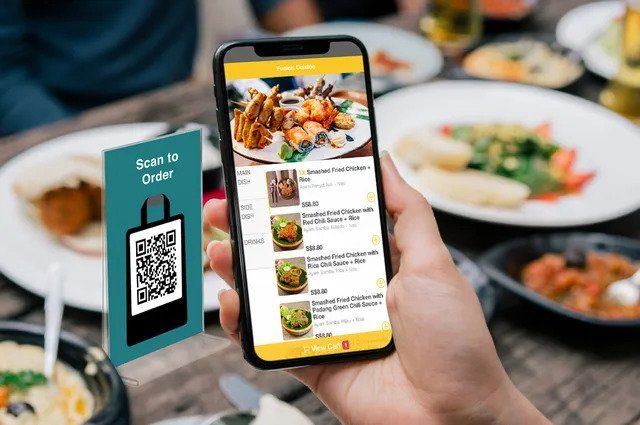
The entirety of this site is protected by copyright © iMakan 2024
Megasafe Technology Pte. Ltd.
Blog & Support
Contact Us

